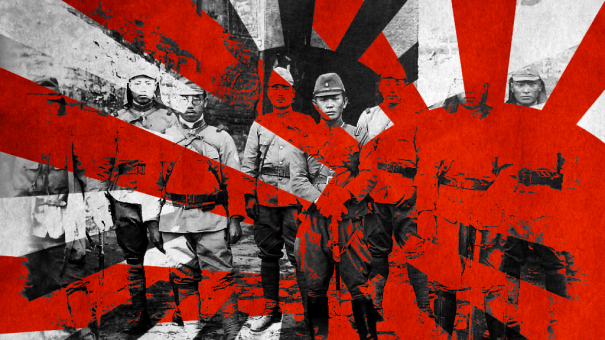Japanese militarism is back
On March 29th, the new laws in the field of national security, which passed through Parliament last summer, will take effect in Japan. According to the bills, the country's Self-Defense Forces will have the right to participate in collective self-defense mechanisms. First of all, the US missile defense system is implied. In addition, the Japanese military will be able to provide assistance to allies, and participate in peacekeeping missions.


